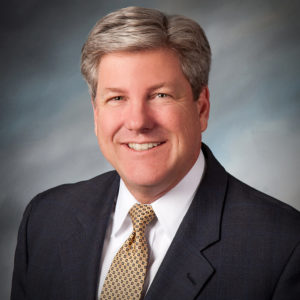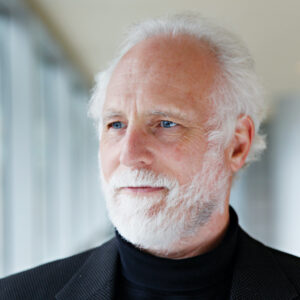Mary Kissel’s breezy dismissal of the Department of Labor’s (DOL) efforts to update the 1974 Employee Retirement Income Security Act (ERISA) rule (DOW JONES Political Diary, April 12, 2012,) could be easily dismissed as ideological cocktail party chatter, for its huge misunderstandings and misrepresentations of the facts and the law. Yet, there is far too much at stake to let it go. According to the DOL, between private sector defined benefit and defined contribution (401 K and other) plans there are some $6.5 trillion in assets that are mostly managed by employees themselves. How well these retirement nest eggs are managed will significantly impact how well tens of millions of Americans retire.
The most egregious of Kissel’s many misunderstandings may be the simple notion that the absence of the fiduciary standard is “a non problem” because there has been “no evidence of fraud or malfeasance in the broker model.” While we can agree on one point — that there will always be some fraudsters among investment advisors and broker-dealers, regardless the business model, the key point is quite different. It is that the bulk of the harm that the fiduciary standard mitigates is the entirely lawful conduct permitted today by the broker-dealer business model that is not allowed under ERISA.
Take “conflicts of interest” as an example. When it comes to retail investors (especially) in the capital markets, as noted by the Supreme Court in 1963 in Capital Gains Research Bureau v the SEC, conflicts have long been viewed as harmful to investors. This was one lesson (of many) of the 1929 stock market crash. Kissels’ assertion that, absent fraud, conflicts are a non-problem blithely essentially attempts to rewrite this and other history. Investors pay dearly in the additional costs piled on by conflicted advice. Numerous independent studies, studies that have not been challenged by the industry participants opposing DOL’s initiative, clearly underscore how conflicts of interests are linked to higher investor-paid costs and, the consequent lower retirement account returns.
DOL’s fiduciary rule initiative is undergoing reexamination by the DOL, a reexamination that will benefit from serious and constructive criticism from industry participants. Rewriting the history of the harm of conflicted advice in the capital markets, so to be able to conclude that restraining conflicted advice is “regulatory overreach” is neither serious nor constructive. Given the importance of retirement planning to the country’s welfare, It may not even qualify as good cocktail party chatter.

